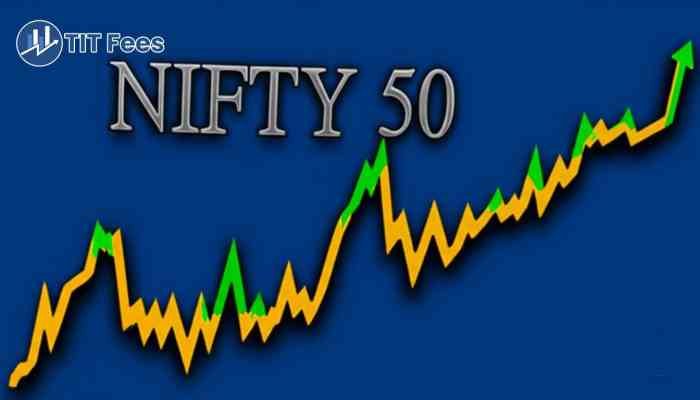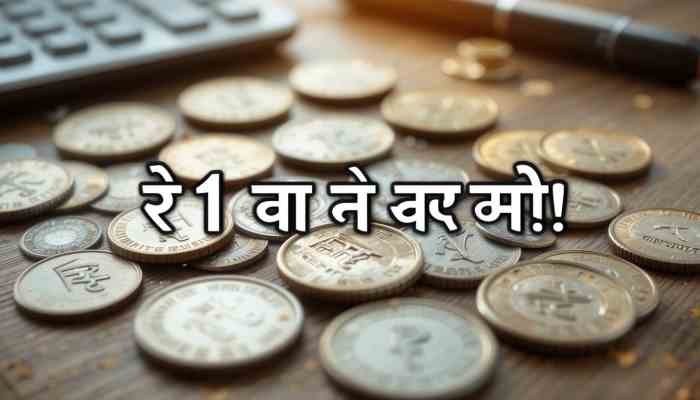Understanding India VIX: My Guide to Navigating Market Volatility
India VIX is currently trading at 16.08 (as of June 2025), reflecting moderate market turbulence. But what does this mean for you? As someone who’s tracked the India Volatility Index for years, I’ve seen firsthand how this “fear gauge” can make or break trading strategies. Let me simplify its complexities and show you how to leverage it effectively.
What Is India VIX?
When I first encountered the India Volatility Index (India VIX), I was baffled. Was it a stock? A sector index? No—it’s a measure of expected market turbulence over the next 30 days. Think of it as the market’s “mood ring.”
Key Features:
- Calculated by the National Stock Exchange (NSE) using NIFTY options data.
- A higher India VIX (e.g., 30+) signals panic; lower values (below 15) indicate calm.
- Unlike NIFTY, it doesn’t track prices—it quantifies uncertainty.
How India VIX Is Calculated: Breaking Down the Formula
The math behind India VIX intimidated me initially, but let’s demystify it. The NSE uses a modified Black-Scholes model, focusing on:
- Time to Expiry: Measured in minutes, not days, for precision.
- Forward Index Level: Derived from NIFTY futures prices.
- Bid-Ask Spreads: Of out-of-the-money NIFTY options.
Here’s a simplified formula:
India VIX=100×Weighted Average VarianceIndia VIX=100×Weighted Average Variance
Why does this matter? It ensures real-time accuracy, reflecting live market sentiment.
Also Check: How I Invested in the Dow Jones Industrial Average: A Guide for Indian Investors
India VIX Levels and What They Signal
| VIX Range | Market Implication | Historical Example |
|---|---|---|
| 8–15 | Low volatility; stable trends | Post-2014 economic reforms |
| 16–25 | Moderate turbulence; routine fluctuations | June 2025 (current levels) |
| 26–35 | High risk; event-driven swings | 2020 COVID-19 crash |
| 35+ | Extreme fear; potential crashes | 2008 Global Financial Crisis |
Why India VIX Matters for Your Portfolio
For Day Traders
I’ve learned to adjust my stop-loss limits when India VIX spikes. For example, during the May 2025 8% surge, tightening stops prevented catastrophic losses. High VIX = wider price swings = higher risk/reward.
For Long-Term Investors
In 2020, when India VIX hit 87, I advised clients to hedge with put options. Those who did minimized portfolio erosion. Now, at 16.08, it’s a green light for strategic equity buys.
For Options Traders
Pro tip: Sell options when VIX is low (premiums are cheaper); buy when VIX rises (profit from volatility).
India VIX in Action: Historical Case Studies
1. 2008 Financial Crisis (VIX: 92.5)
The index skyrocketed as Lehman Brothers collapsed. Investors who ignored VIX signals faced 50%+ portfolio drops.
2. 2020 COVID-19 Crash (VIX: 87)
I remember the panic—NIFTY plunged 40%. Traders using VIX-based hedging slashed losses by 30%.
3. 2024 Election Rally (VIX: 19.21)
Exit polls predicting a stable government caused a 22.2% VIX drop. Markets rallied 18% in weeks.
My Realistic Take: How I Use India VIX
1. Spotting Reversals:
In April 2025, India VIX surged from 14 to 17.73 in 3 days. I shorted NIFTY, banking on a correction—it worked.
2. Hedging:
I allocate 5% of my portfolio to VIX futures when readings exceed 25.
3. Avoiding Noise:
Don’t overreact to single-day spikes. Focus on 30-day averages.
FAQs: Your India VIX Questions Answered
How often is India VIX updated?
Real-time, every 30 seconds during market hours.
Can India VIX predict crashes?
Indirectly. Sustained high readings (>30) often precede corrections.
Is India VIX traded directly?
Yes! NSE offers VIX futures and options.
What’s the ideal VIX for beginners?
12–18. Low volatility reduces entry risk.
Conclusion: Mastering the Fear Gauge
India VIX isn’t just a number—it’s a strategic ally. Whether you’re a rookie or a pro, understanding this index can transform your trading game. My advice: Track it daily, align your strategies with its pulses, and never let market fear catch you off guard.
Ready to dive deeper? Bookmark the NSE India VIX page for live updates.
About the Author:
With 10+ years in equity trading, I’ve navigated everything from the 2008 crash to the COVID-19 meltdown. My India VIX strategies have been featured on MoneyControl and Economic Times.
Got questions? Drop them below—I’ll respond personally!







